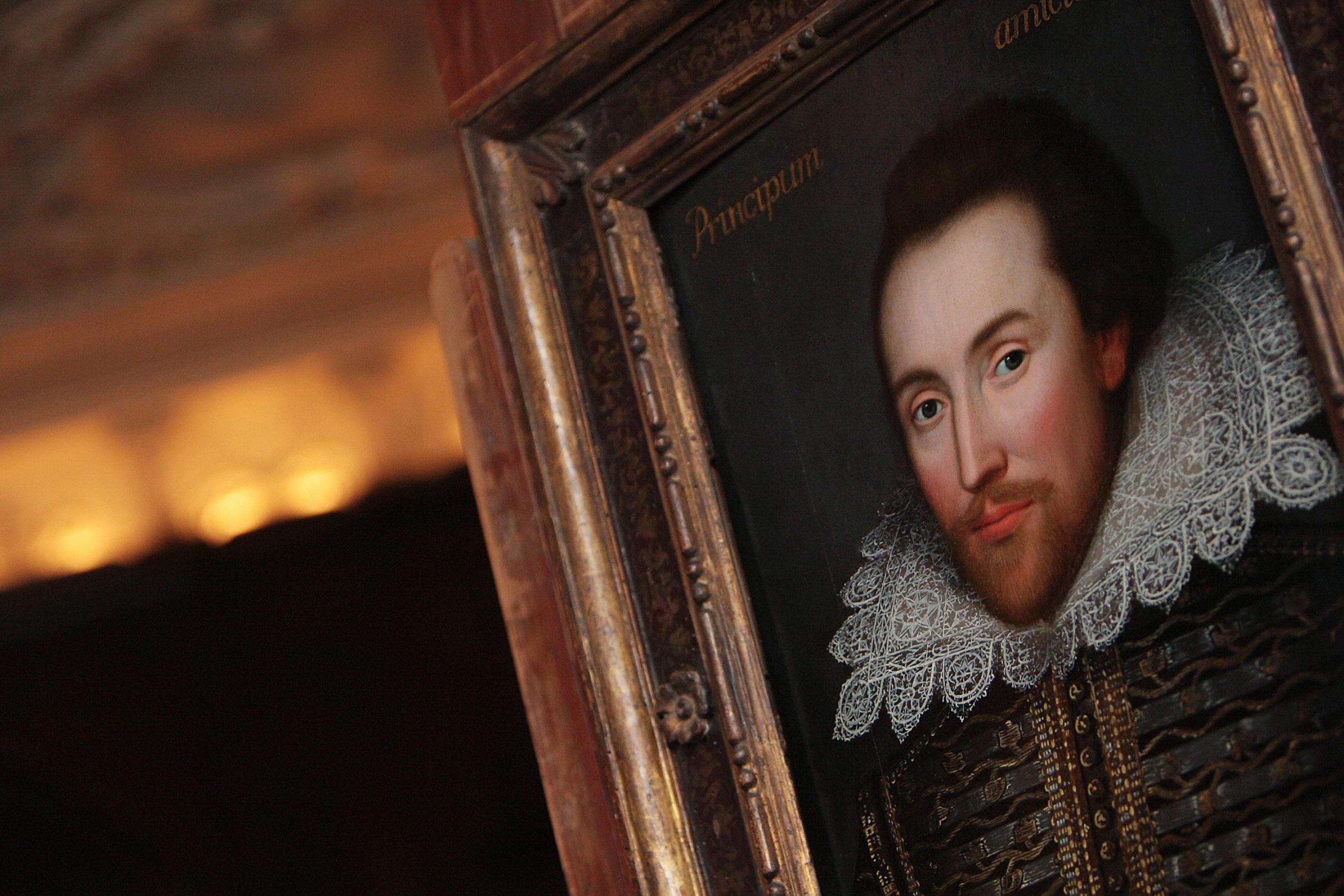Emojis help children understand Shakespeare, teachers say
Images 'give pupils a starting point that they understand'

Your support helps us to tell the story
From reproductive rights to climate change to Big Tech, The Independent is on the ground when the story is developing. Whether it's investigating the financials of Elon Musk's pro-Trump PAC or producing our latest documentary, 'The A Word', which shines a light on the American women fighting for reproductive rights, we know how important it is to parse out the facts from the messaging.
At such a critical moment in US history, we need reporters on the ground. Your donation allows us to keep sending journalists to speak to both sides of the story.
The Independent is trusted by Americans across the entire political spectrum. And unlike many other quality news outlets, we choose not to lock Americans out of our reporting and analysis with paywalls. We believe quality journalism should be available to everyone, paid for by those who can afford it.
Your support makes all the difference.Growing numbers of teachers are using emojis to help children engage with Shakespeare's work.
The expressive icons can help pupils connect with the subject they are learning some teachers say the emoji language has something to bring to the 21 century classroom.
"I've just taught A Midsummer Night's Dream and, when we've read a bit of the scene, they summarise it in two main emojis and then have to explain it," Charlotte Hodgson, an English teacher at Avonbourne College in Bournemouth told the TES, which originally reported the story.
She added that everyone in her department uses emojis and that they have helped her students engage with Shakespeare.
"The emojis are not used by themselves - there is always some kind of verbal or written explanation that then allows you to check the pupils' literacy, writing skills or speech skills," she said. "The emojis just give them a starting point that they understand."
Ms Hodgson said symbols can help pupils link ideas and can lead to higher understanding, engagement and learning.
Luca Kuhlman, a modern foreign languages teacher at a Stockton secondary school, added that emojis enable students not to have to translate everything into English when learning another language.
"Wherever possible, I take out the English words in a text and replace them with an emoji, so they associate the French with an image rather than with an English translation," he said. "If you can eliminate as much English as possible, they don't need much explanation."
The symbols "have to have purpose", he said, adding that he did not want to overuse them.
But the educational benefits of the colourful icons are yet to convince some.
Clare Sealy, headteacher of St Matthias School in east London, is against using emojis to teach.
She said: "As educators, we have not a single minute to waste teaching trivia, such as emojis. How will such learning help bridge the word gap? How can we help disadvantaged children gain the sorts of powerful knowledge that children in, say, the top public schools have?
"Not by devoting precious curriculum time to the detritus of youth sub-culture. That would be fiddling while Rome burns."
The Press Association contributed to this report.
Join our commenting forum
Join thought-provoking conversations, follow other Independent readers and see their replies
Comments